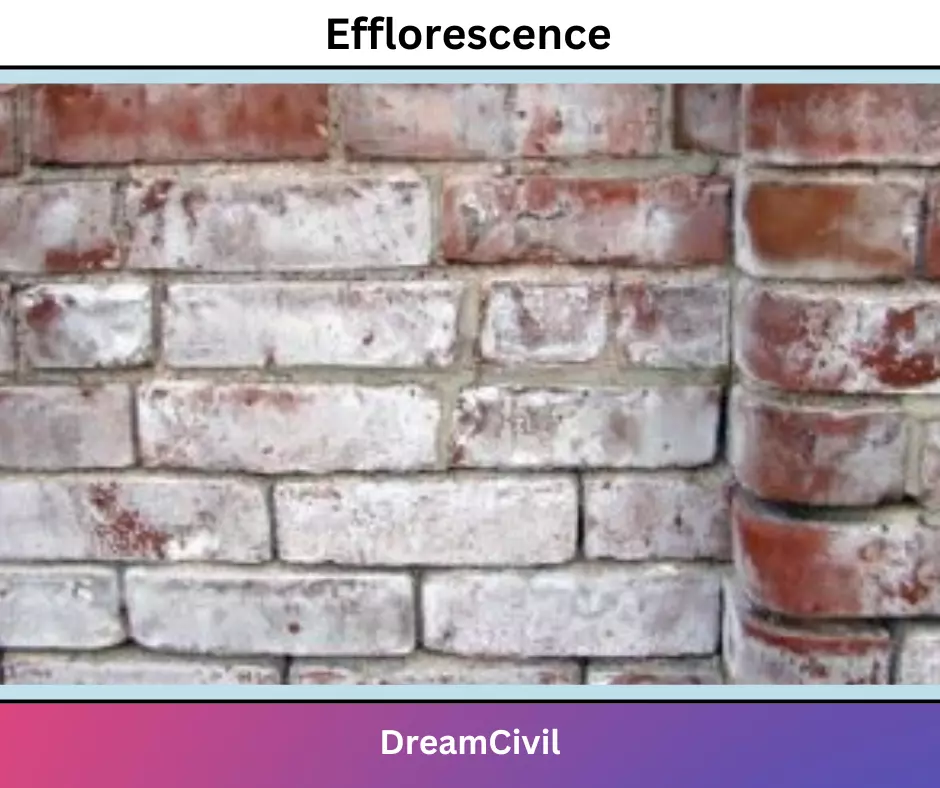Table of Contents
In this article, we will discuss 8 Harmful Ingredients In Brick Earth.
Brick is the material formed by the composition of silica, alumina, iron oxide, etc. Using these materials in an appropriate ratio makes the brick strong and sound, but an improper ratio of materials leads to weakness.
Strong, sound and durable brick should be free from harmful ingredients like excess lime, organic matter, stones & pebbles, etc.
Some harmful ingredients in brick earth are briefly explained below.
A. Harmful Ingredients in Brick Earth
1. Limestone:
a. Amount of limestone in the brick should not be more than 1%.
b. Excessive limestone changes the colour of brick from red to yellow.
c. Lime should not be present in lumps because it absorbs moisture, swells and causes disintegration of the brick.
d. Excess lime also leads to brick melting, affecting the shape.
2. Organic Matter:
1. It makes the brick dark and porous.
b. Almost all the organic matter present in brick is burnt down during the burning process of brick. It will lead to problems like porousness, and darkness, if completely not burned.
c. Using more than 1% of organic matter in brick leads to problems.
d. Excessive organic matter results in the formation of tiny pores, which increases the water absorption capacity of brick and leads to brick weakness.
3. Sulphides and Sulphates:
a. Sulphide and sulphate affect the bricks. The improper shape of bricks may be due to sulphates and sulphides.
b. It causes crystallization and disintegration during brick burning so that it may split the brick into pieces.
4. Alkalies:
a. Alkali creates additional softening of brick which causes twisting and warping.
b. It causes melting, leading to a brick’s improper shape.
c. Alkalies also lead to efflorescence ( appearance of white colour powder on brick surface ). Efflorescence leads to de-colouration, unhygienic conditions, the disintegration of masonry, etc.

fig: Efflorescence
5. Pebbles of stone and gravel:
a. The presence of pebbles in brick leads to non-uniform mixing of clay which may lead to a non-uniform shape and make brick porous.
b. Brick; containing pebbles may break down into pieces when a minimal amount of load is subjected.
6. Iron Pyrites
a. Pyrites discolourise the brick.
b. It also leads to disintegration and crystallization during brick burning because of oxidation of the iron pyrites. This causes improper shape, splitting, etc.
7. Water
a. Using water containing a small amount of magnesium or calcium carbonates, together with a sulphurous fuel, leads to the wrong size, crystallization and sometimes disintegration.
b. Combined water generally causes shrinkage.
8. Carbonaceous Materials
a. They generally lead to the black colour of the brick.
| Read Also: Types of Brick Bond |

